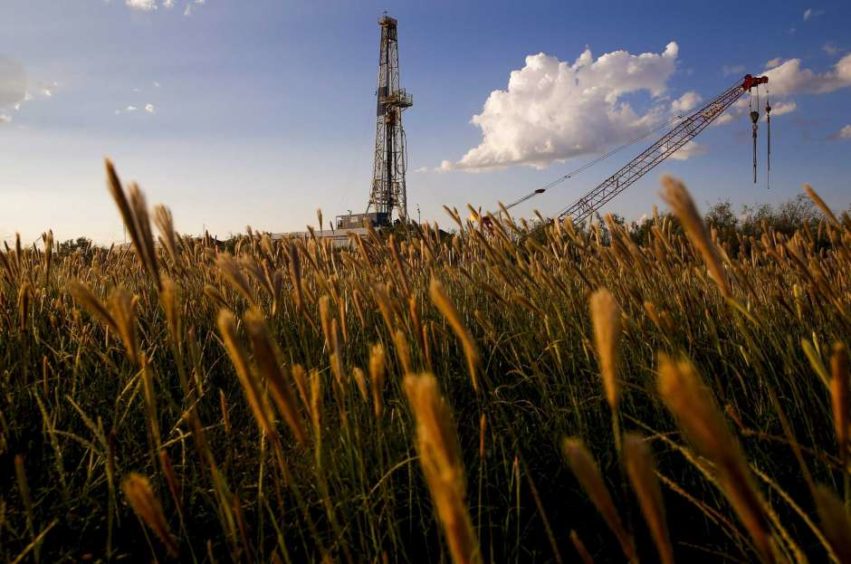
By the end of the third quarter, most U.S. oil producers plan to restore nearly all of the production shut down during the oil crash, according to a new report.
Many U.S. oil companies started pausing production in April as the global pandemic decimated demand for gasoline, diesel and jet fuel. In May, at the peak of the production cuts, 25 public oil companies shut in 772,500 barrels of oil per day, according to Rystad, a Norwegian energy research firm.
After crude prices climbed back into the $30 and $40 per barrel range, many oil companies began restoring production. The production cuts made by the 25 companies fell to 680,300 barrels per day in June and to 306,500 barrels per day in July. By September, nearly all of the production is expected to be restored, Rystad said.
There were some fears initially that shutting in shale wells prematurely could hamper future production. However, nearly all of the restarted wells are producing normally because of a buildup of pressure.
“No loss of production has been reported by any operator following the shut-ins and moderation of output, with most companies flagging a smooth return of operations, and in some cases posting a positive production impact from those reactivations,“ Veronika Akulinitseva, Rystad’s vice president for North American shale and upstream, said in a statement.
Although most U.S. oil companies plan to restore shale production by the end of the quarter, some companies are keeping a small percentage of production offline. Some shut-in production may never come back, companies said.
Pioneer Natural Resources, which cut 7,000 barrels per day of oil production in the second quarter, plans to only bring back 1,000 barrels per day. Apache, which curtailed 7,500 barrels per day in May, anticipates about 4,500 barrels per day of production may not come back this year.
This article first appeared on the Houston Chronicle – an Energy Voice content partner. For more from the Houston Chronicle click here.
Recommended for you
